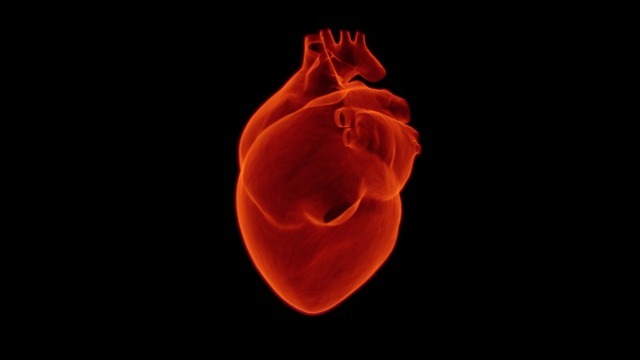
An international team led by scientists from Lawson Health Research Institute and Cedars-Sinai Medical Center are the first to show that Magnetic Resonance Imaging (MRI) can be used to measure how the heart uses oxygen for both healthy patients and those with heart disease.
Reduced blood flow to the heart muscle is the leading cause of death in the Western world. Currently, the diagnostic tests available to measure blood flow to the heart require injection of radioactive chemicals or contrast agents that change the MRI signal and detect the presence of disease. There are small but finite associated risks and it is not recommended for a variety of patients including those with poor kidney function. More than 500,000 tests are performed each year in Canada.
“This new method, cardiac functional MRI (cfMRI), does not require needles or chemicals being injected into the body,” says Dr. Frank Prato, Lawson Assistant Director for Imaging. “It eliminates the existing risks and can be used on all patients.”
The discovery shows that MRI can be used to study heart muscle activity. The study has been successful in using a pre-clinical model and now is preparing to show it can be used to accurately detect heart disease in patients.
Repeat exposure to carbon dioxide is used to test how well the heart’s blood vessels are working to deliver oxygen to the muscle. A breathing machine changes the concentration of carbon dioxide in the blood. This change should result in a change in blood flow to the heart, but does not happen when disease is present. The cfMRI method reliably detects whether these changes are present.
The door to a new era and totally novel way of doing cardiac stress testing to identify patients with ischemic heart disease is now open. This approach overcomes the limitations of all the current diagnostics – there would no longer be a need for injections or physical stress testing like running on treadmills.
“Using MRI will not only be safer than present methods, but also provide more detailed information and much earlier on in the disease process,” adds Dr. Prato. Following initial testing through clinical trials, he sees this being used with patients clinically within a few years.
In addition to studying coronary artery disease, the method could be used in other cases where heart blood flow is affected such as the effects of a heart attack or damages to the heart during cancer treatment. Due to its minimal risk, this new tool could be safely used with the same patient multiple times to better select the right treatment and find out early on if it is working.
source: Tech Network
